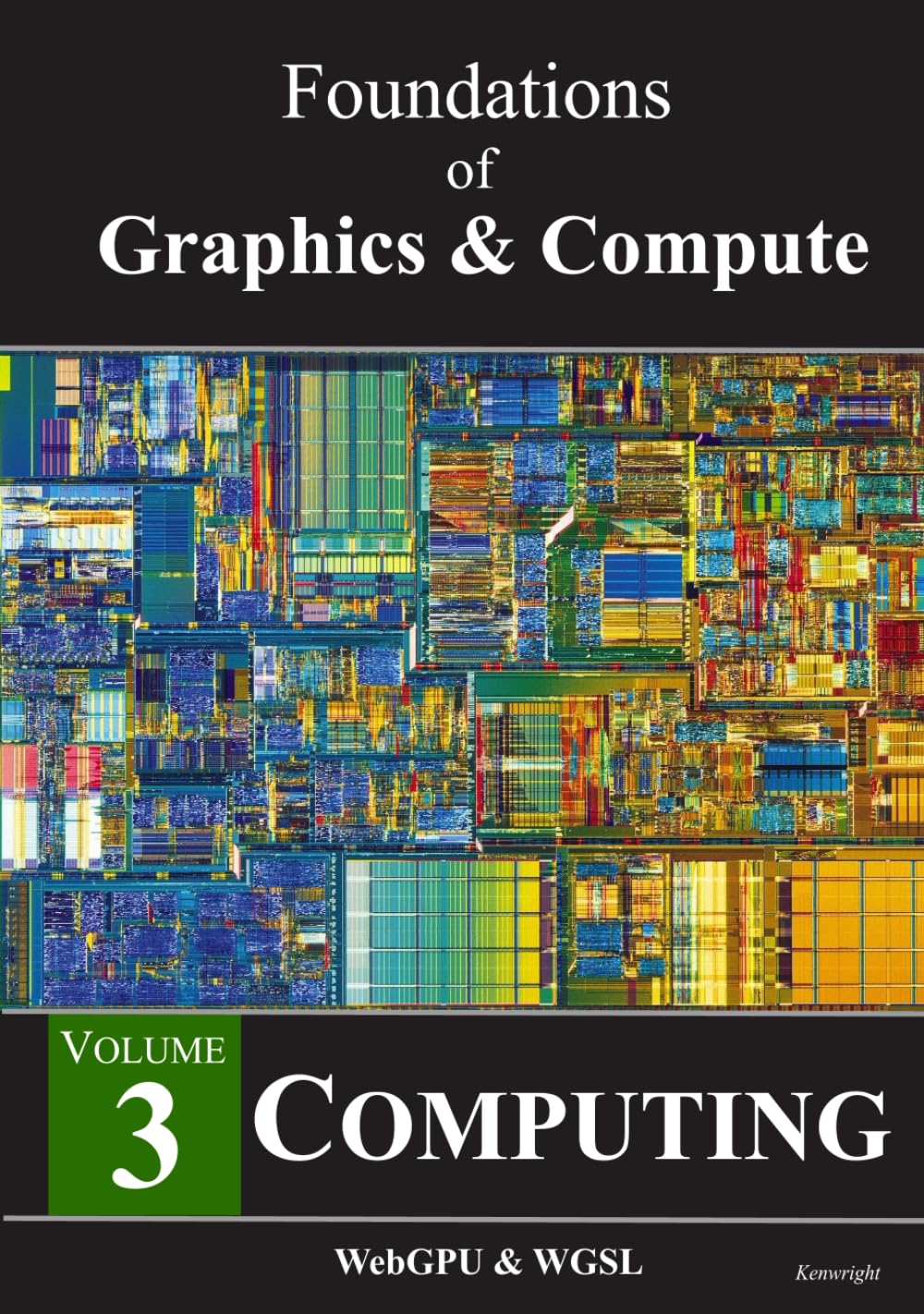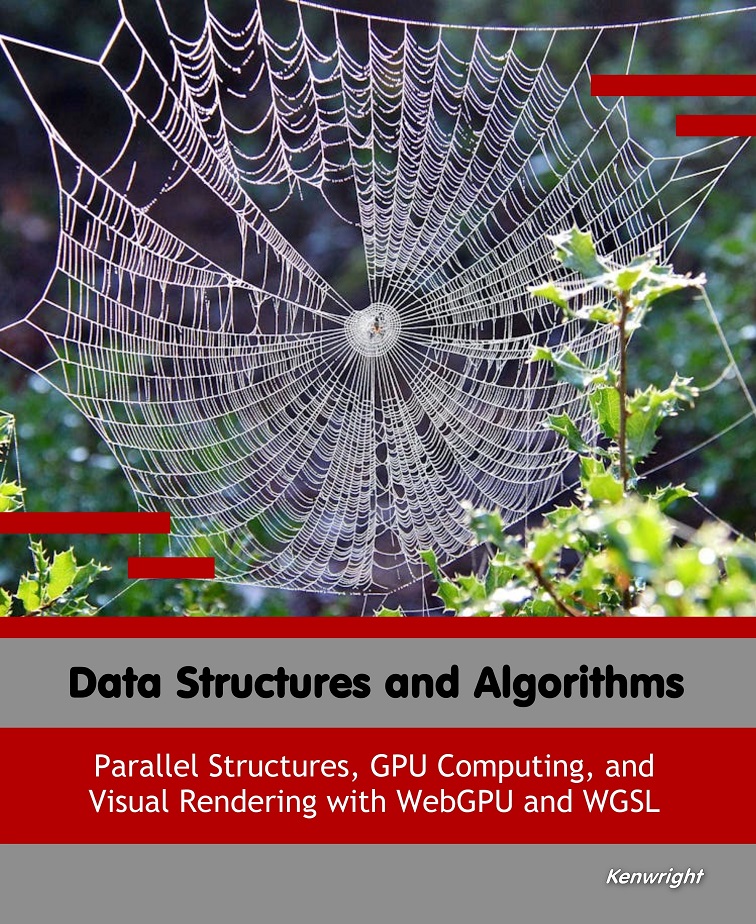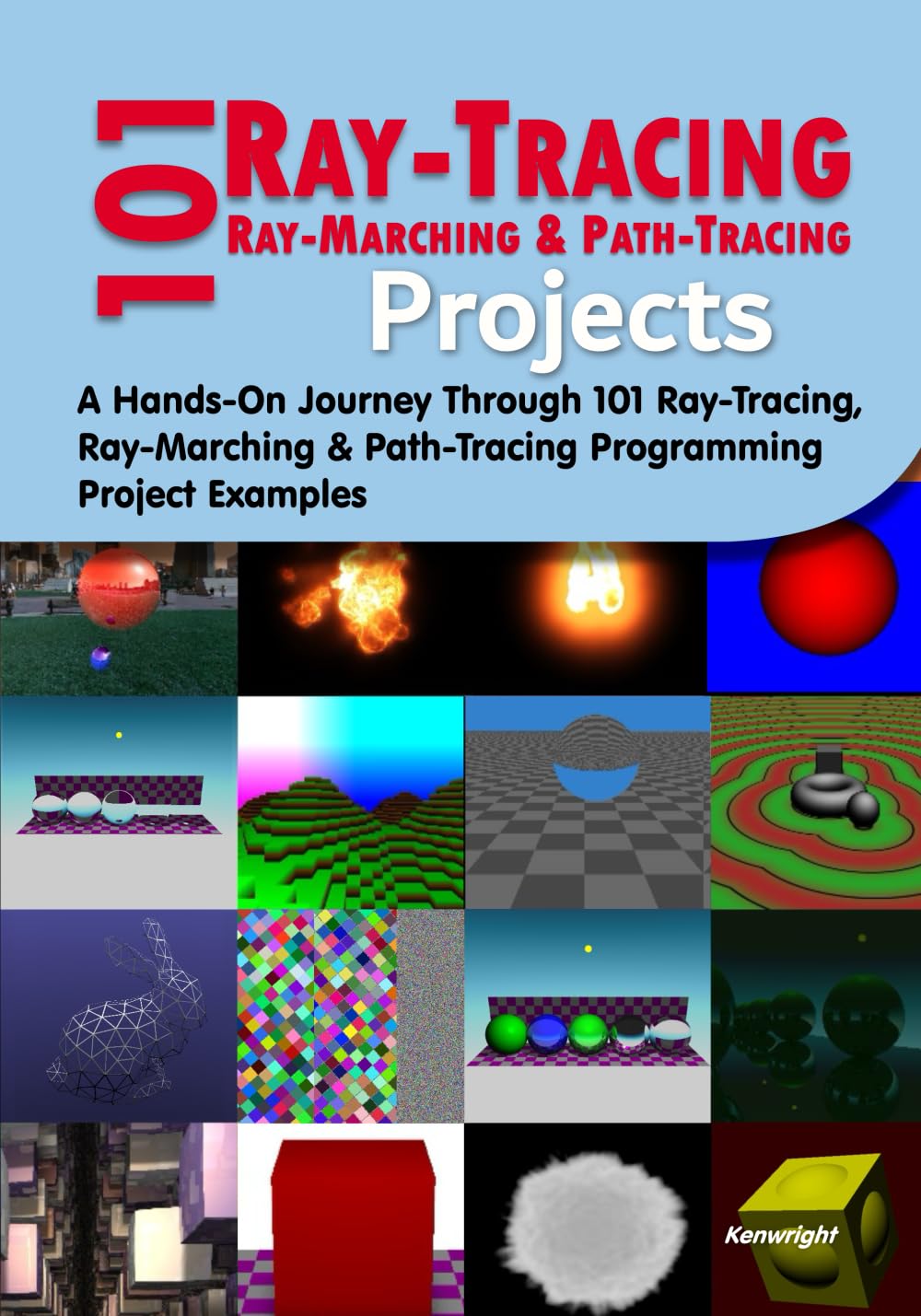



Foundations of Graphics & Compute: Volume 3: Computing
A comprehensive guide to mastering webgpu, wgsl, programming and more.
Book Details
- ISBN: 979-8339372837
- Publication Date: September 16, 2024
- Pages: 358
- Publisher: Tech Publications
About This Book
This book provides in-depth coverage of webgpu and wgsl, offering practical insights and real-world examples that developers can apply immediately in their projects.
What You'll Learn
- Master the fundamentals of webgpu
- Implement advanced techniques for wgsl
- Optimize performance in programming applications
- Apply best practices from industry experts
- Troubleshoot common issues and pitfalls
Who This Book Is For
This book is perfect for developers with intermediate experience looking to deepen their knowledge of webgpu and wgsl. Whether you're building enterprise applications or working on personal projects, you'll find valuable insights and techniques.
Reviews & Discussions

I finally feel equipped to make informed decisions about Computing. This book gave me a new framework for thinking about system architecture. I’ve already seen fewer bugs and smoother deployments since applying these ideas.

I’ve shared this with my team to improve our understanding of Computing. The diagrams and visuals made complex ideas much easier to grasp.

I keep coming back to this book whenever I need guidance on Graphics.

This book made me rethink how I approach shader.

A must-read for anyone trying to master Volume.
This book gave me the confidence to tackle challenges in machine learning. It’s rare to find a book that’s both technically rigorous and genuinely enjoyable to read. The debugging strategies outlined here saved me hours of frustration.

This book offers a fresh perspective on Compute:. I found myself highlighting entire pages—it’s that insightful.

This book offers a fresh perspective on Compute:.

This book bridges the gap between theory and practice in compute.

It’s the kind of book that stays relevant no matter how much you know about graphics. I especially liked the real-world case studies woven throughout.
The clarity and depth here are unmatched when it comes to graphics.

The practical advice here is immediately applicable to Computing.

The writing is engaging, and the examples are spot-on for graphics.

I've been recommending this to all my colleagues working with simulation. I’ve already recommended this to several teammates and junior devs. It’s helped me write cleaner, more maintainable code across the board.

The insights in this book helped me solve a critical problem with machine learning. The diagrams and visuals made complex ideas much easier to grasp.

This resource is indispensable for anyone working in Foundations.

This book completely changed my approach to Graphics. I particularly appreciated the chapter on best practices and common pitfalls.

I was struggling with until I read this book graphics.
I finally feel equipped to make informed decisions about shader.

After reading this, I finally understand the intricacies of compute. The author’s passion for the subject is contagious. The clarity of the examples made it easy to onboard new developers.

The author's experience really shines through in their treatment of Computing. Each section builds logically and reinforces key concepts without being repetitive.

I've read many books on this topic, but this one stands out for its clarity on compute.

It’s rare to find something this insightful about Foundations.

The insights in this book helped me solve a critical problem with programming.

I keep coming back to this book whenever I need guidance on Graphics. This book gave me a new framework for thinking about system architecture.

I've read many books on this topic, but this one stands out for its clarity on webgpu.

I wish I'd discovered this book earlier—it’s a game changer for simulation.

This resource is indispensable for anyone working in webgpu. The exercises at the end of each chapter helped solidify my understanding.
Join the Discussion
Related Books

Data Structures and Algorithms: Parallel Structures, GPU Computing, and Visual Rendering with WebGPU and WGSL
Published: October 5, 2025
View Details
Game Design and Development: Code, Psychology and Analytics (Paperback)
Published: May 15, 2025
View Details
101 Ray-Tracing, Ray-Marching and Path-Tracing Projects: A Hands-On Journey Through 101 Programming Project Examples
Published: March 2, 2025
View Details